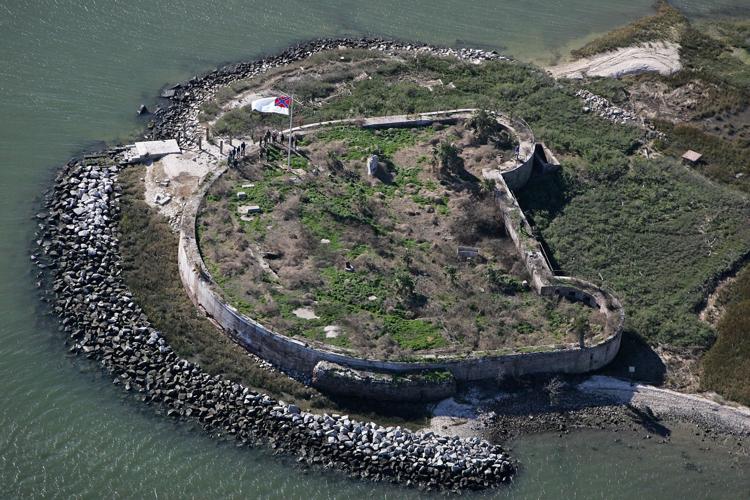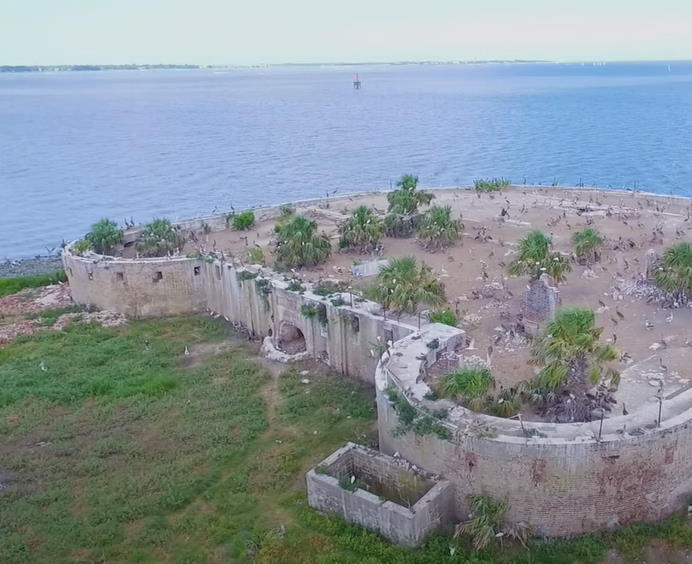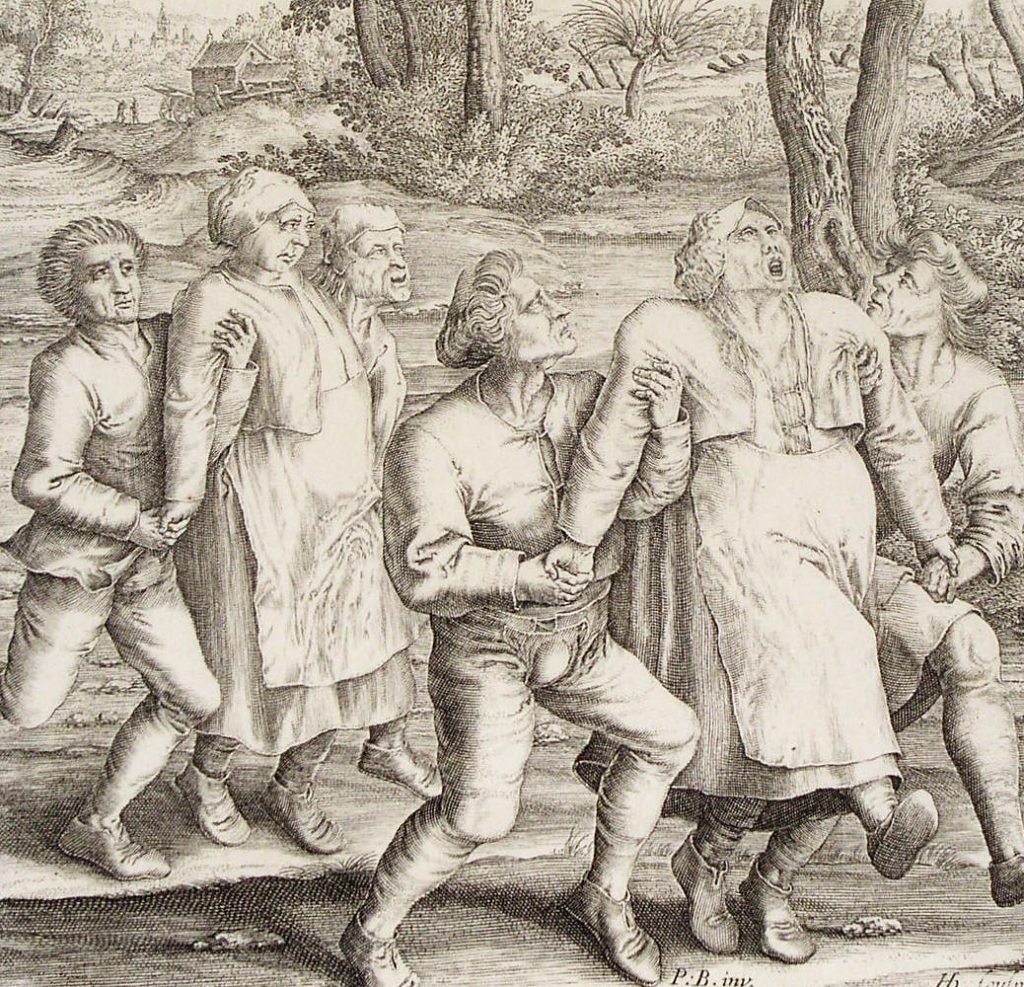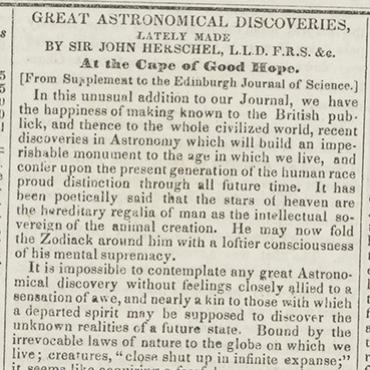The US National Parks System and its protected wilderness areas are world-renowned. Diverse in landscape and purpose, sites like the Grand Canyon and Washington Monument share the resources and guardianship of American federal regulations and multiple departments including the Interior, and Bureau of Land Management. It’s a list as long as history itself, thousands of names across hundreds of areas, and they are not without peculiarity.
Castle Pinckney
Once known as the Castle Pinckney National Monument, this island fortress was transferred into the custody of the state of South Carolina in 1956, before it was sold to the Sons of Confederate Veterans and privatized. The original wooden Fort Pinckney (named after a Revolutionary War hero) was built in 1797, hosted no battles, and was destroyed in an 1804 hurricane. It was replaced by a proper stone structure in the next five years, in time for the War of 1812, but still saw no action. It became a glorified storage shed over the next twenty-odd years as a seawall was built, and possible hideout of the Pinckney family.

Charles Cotesworth Pinckney was the fort’s namesake and became a prominent South Carolina attorney and legislator after the Revolutionary War. His brother, Thomas, went into conservative activism on behalf of the “Lowcountry” land-owning upper class. He believed ongoing slavery was the only way to ensure future survival of the south. Pinckney was an advocate of strong national government via the Articles of Confederation, to support interstate security which he championed as essential. With his younger cousin Charles, they served as delegates to the Constitutional Convention in 1787, nearly a hundred years before the Civil War. So how did this unremarkable shorefront garrison become of interest to the Sons of Confederate Veterans, and why did they let it fall into such disrepair that the site is now totally inaccessible and unusable?
The fort was briefly occupied during the Nullification Crisis, an altercation between the state of South Carolina and the federal government, after the election of Andrew Jackson whom southerners expected to nullify the Tariff of 1828. When Jackson’s administration did no such thing, South Carolinian radical extremists attempted to oppose the military enforcing the tariff. They believed a state could nullify any federal regulation deemed unconstitutional within the state, and not abide by national policy. Jackson’s own Vice President Calhoun (a South Carolina resident) subscribed to this notion as well, resigning from the White House to run for Senate, where he believed he could handle the situation himself. Once again, the political turmoil was resolved without Castle Pinckney staging any physical conflict. However, this set the tone for a “State’s Rights” cultural conflict that, arguably, remains.
In 1860, one week after South Carolina’s secession, the fort became the first federally garrisoned site surrendered to the Confederacy when it was abandoned by the US Army on their way to Fort Sumter. Castle Pinckney briefly served as a prison for captured Union forces, until it was found too small and uncomfortable for sustainable use by 1861. The Confederacy surrendered in 1865.
Throughout the Spanish-American War, for which the fort was retrofitted, it remained inactive. In fact, evidence supports that the fort had never fired a single defensive shot in its existence when it became a National Monument in 1924 by Presidential decree. In 1951, Congress abolished the monument, and it was transferred to the Army Corps of Engineers, who resigned it to sale in 1956. It was purchased by a local chapter of the Sons of Confederate Veterans, who attempted to turn it into a museum in the late 1960s during the height of the Civil Rights movement. Funds were unable to be raised, interest was lost, and the fort is now being reclaimed by nature.
Ultimately, lovers of the National Parks and our protected lands wish the fate of the Castle could have been traded for that of the Fossil Cycad Monument in South Dakota, which was lost to theft and vandalism after high tourism traffic. Future generations may have opportunities to walk Castle Pinckney’s ruins someday, but Fossil Cycads are unrecoverable natural features retired to history. Secretary of the Interior Deb Holland has spoken about changing the reality of land stewardship in the United States, and young people interested in making that happen can advocate on behalf of #NotMeUs, a climate and environment focused rallying call.




